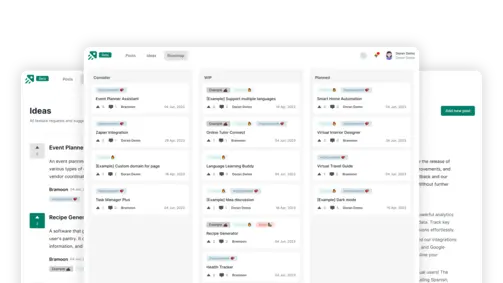[2023] Roadmap for Business Analyst: Building Your Future
Create changelog and product roadmap for your product
Explore nowTable of contents 7 min
Embarking on a career as a business analyst is an exciting and rewarding journey. However, like any career path, it requires careful planning and a clear roadmap to success. This article will explore the roadmap for business analyst, guiding you through the essential steps, skills, and qualifications needed to excel in this dynamic and in-demand profession. Whether you’re a recent graduate, a career changer, or someone looking to upskill, understanding this roadmap is your first step toward a successful career in business analysis.
Step 1: Find out What a Business Analyst Does
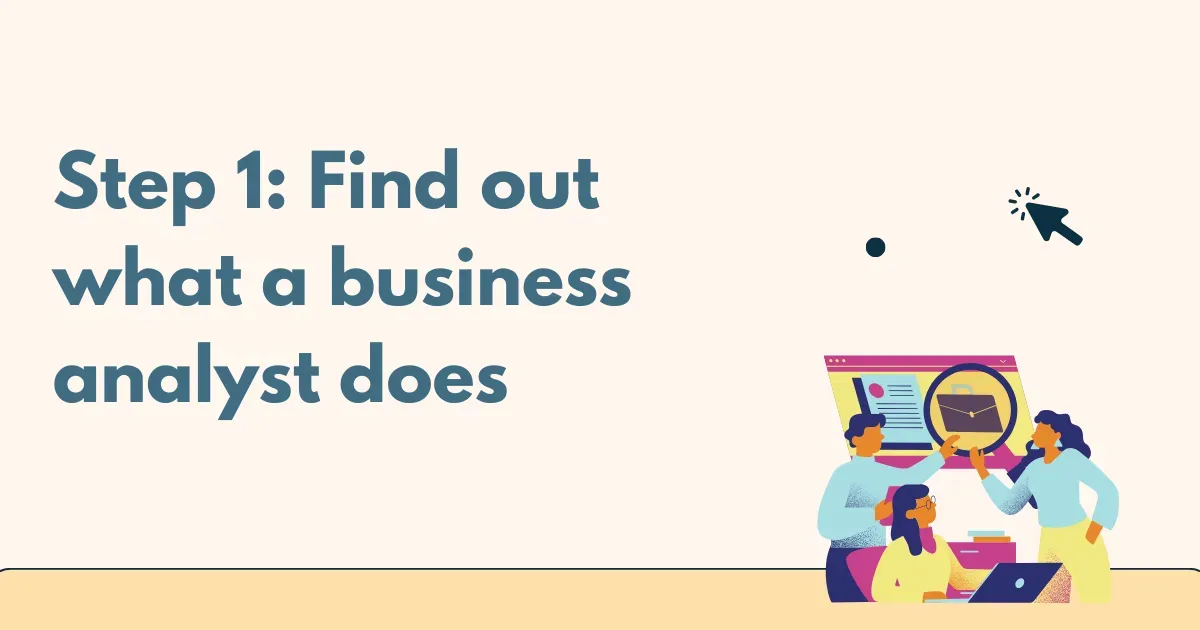
The first step on your roadmap for business analyst should be to learn more about what it means to be a business analyst. It’s true that it pays well and is easy to get into, but is it something you’ll love doing?
What is a Business Analyst?
BAs collaborate with users and company leaders to determine how data-driven modifications to products, services, hardware, software, and processes might improve their efficiency and yield additional benefits. They need to discuss these concepts and compare them to the limits of science, economics, and practicality. You may use data sets to enhance products, hardware, equipment, software, services, or procedures, depending on your line of work.
According to the non-profit professional association International Institute of Business Analysis (IIBA), a business analyst is “an agent of change” and is “a disciplined approach to introducing and managing change in organisations.
Find out more: 9 Key SaaS Metrics To Maximize Your SaaS Performance
Job Description for a Business AnalystRobert Half Says that a Normal Job Description for a Business Analyst Includes:
-
Putting together a thorough business analysis that lists a business’s problems, opportunities, and possible solutions.
-
Budgeting and making plans
-
Planning and keeping track
-
Variance analysis
-
Reporting on prices
-
Figuring out what the business needs are and reporting back to relevant stakeholders Bob Gregory says that the business analyst’s most important job is to figure out what the technical and functional needs are and then put them in order of importance.
A business analyst’s work is always evolving, particularly as organisations rely more and more on data to manage their operations. Every company has different problems that a business analyst can help solve, such as outdated legacy systems, new technologies, broken processes, unhappy clients or customers, or big organizations that are split up into separate units.
Step 2: Figure out What Skills You Need to Become a Business Analyst
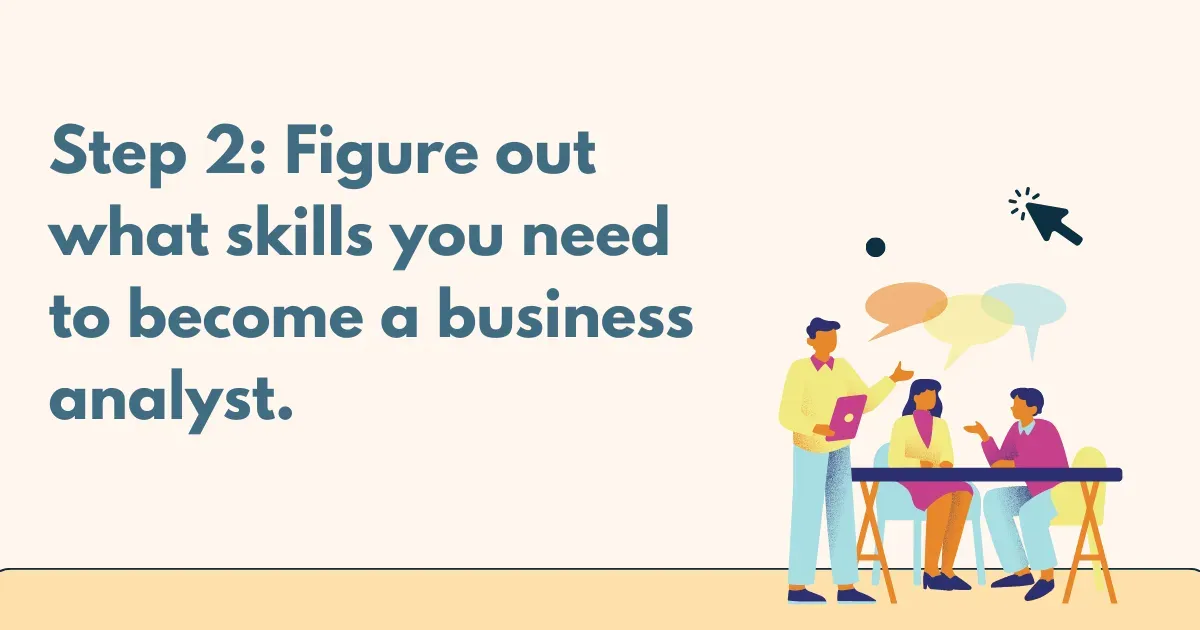
The second step in the roadmap for business analyst is to figure out what skills are needed for the job.
Keep in mind that you don’t have to know all of them before you can start using them. Some of them will be important, but you can learn others on the job.
Also, keep in mind that business analysis has a wide range of specializations and focus areas. For example, the requirements for an Information Security Analyst job will be different from those for a Marketing Analyst position or a generic Business Analyst position.
So, here is a short list of the most important skills in the roadmap for business analyst that most business experts use.
Skills of a Business Analyst
Both hard and soft talents are necessary for the position of business analyst. Finding, examining, and documenting data trends is a skill that business analysts must possess. They must also be able to utilize this knowledge in the commercial world and to share it with others. IT experience is not necessary for business analysts if they have a general understanding of how products, services, and systems operate. However, some business analysts would prefer to switch into this hybrid role from IT because they have more experience in IT than in business.
The IIBA lists the following as some of the most crucial abilities and experiences of a business analyst:
-
The ability to communicate both in person and in writing
-
Ability to collaborate with others and provide guidance
-
Skills for facilitating
-
Think critically and solve problems
-
Being able to pay close attention to details and achieve a high level of accuracy
-
Skills in organizing
-
Understanding how a business works
-
Analysis of stakeholders
-
Coordinating to meet requirements
-
Examining costs and benefits
-
Modeling process
-
Knowing about networks, systems, and other tech
Salaries for a Business Analyst
According to PayScale, an IT business analyst typically makes $67,762 annually. The highest salary for BAs is found in San Francisco, where average income is 28% higher than the US average. With wages that are 18% more than the national average, New York comes in second. Third place goes to Boston, where incomes are 7% more than the national average.
Read more: SaaS Customer Journey Mapping - A How-To Guide
Step 3: Start to Learn the Skills You Don’t Have

Now that you know what you need to know in your roadmap for business analyst, you need to find the best way to learn it. Even though you can learn these skills independently, most people find it easier to join a curated learning program so they don’t have to put together their plan.
There are a lot of business analytics courses available online for you to choose from.
Step 4: Make a Portfolio to Show Companies What You can Do
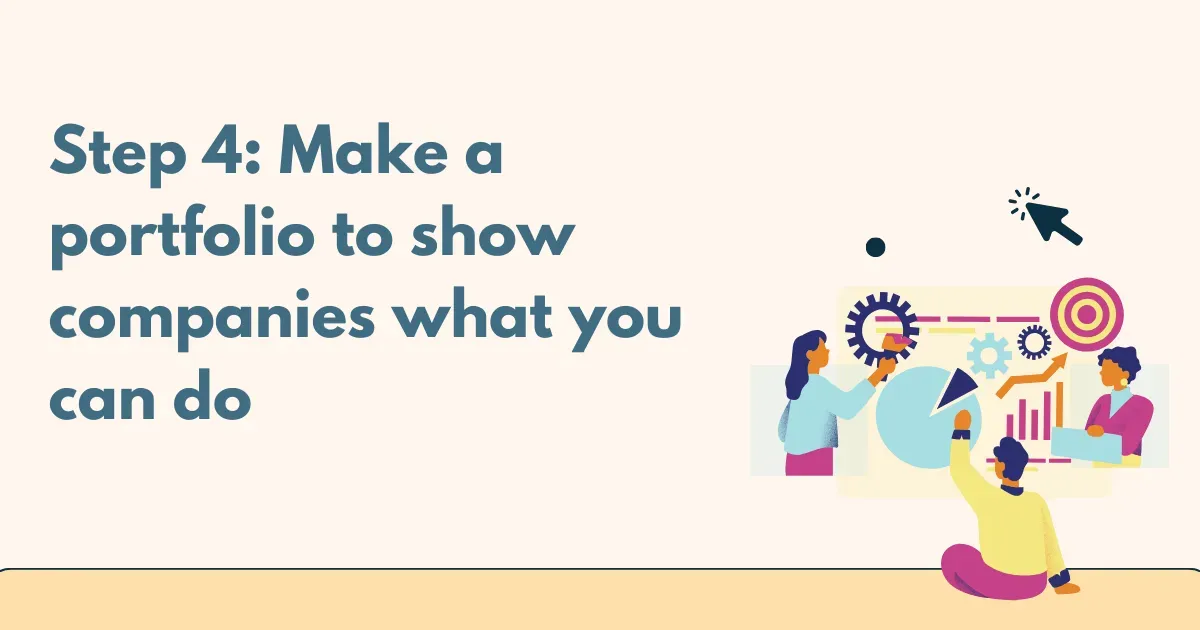
If you want to get into the field but don’t have any experience, you’ll need a way to show potential employers that you can do the job. Certifications can help, but they won’t be enough on their own. Most companies will want to see examples of your real work.
If you want to work in a certain area, make projects that are connected to it. But if you aren’t sure which industry you want to work in, make projects that solve different business problems. This will show that you can change to different situations.
Your work should show that you know how to use technical tools like Excel, SQL, Microsoft Power BI, etc., that are used in your field. Don’t just work on the hard skills, though. Your portfolio should also show off your soft skills. Instead of saying on your resume that you’re great at communicating, show it in your portfolio with clear writing and data visualizations.
You can also use the portfolio to show other soft skills. For example, if you want to show that you can work well with others, you could create a project with friends. Try new things! (But be very clear about who did what, and remember that the main reason companies look at your portfolio is to see what skills you have).
Step 5: Get Certified, Make a Resume, and Start Applying for Work
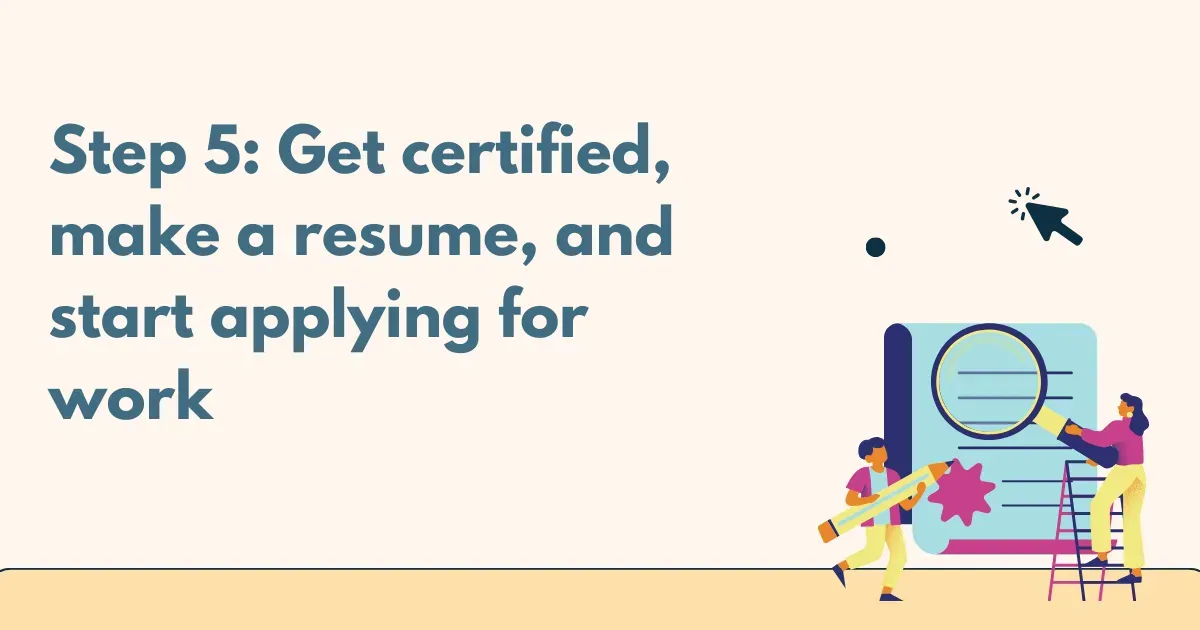
Once you have the skills you need in your roadmap for business analyst, you can make a new resume and start looking for jobs.
If there is an industry-recognized license for some of the tools you’ve learned, getting it may also be a good idea. Many certifications don’t mean much when looking for a job. Still, the PL-300 certification for Microsoft Power BI is accepted and can be used to show how good you are with the tool.
Once you’re certified, all you have to do is write a new resume that shows off your new and old skills in a business analyst setting and start applying for jobs!
Becoming a business analyst is a rewarding journey that requires dedication, skill development, and continuous learning. By following this roadmap for business analyst, you’ll be well-prepared to start successfully in business analysis. Remember that the path to becoming a business analyst may vary for individuals, but having a roadmap will help you stay focused and make informed decisions as you progress toward your career goals. Embrace each step of this journey. Let your passion for problem-solving and data-driven decision-making drive your success as a business analyst.
What to not miss out on our blog
Gain insightful knowledge and invaluable experiences from dedicated experts.
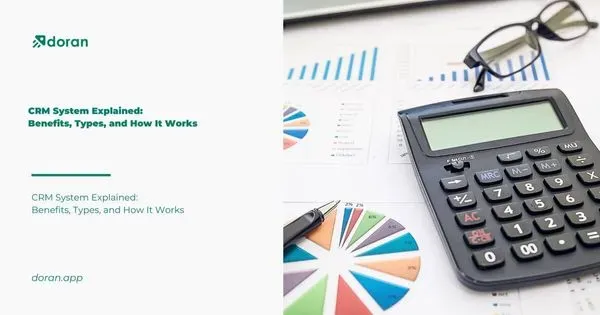
CRM System Explained: Benefits, Types, and How It Works
Discover everything about CRM system. Learn the benefits and how a CRM system works to improve customer relationships and streamline business operations.

Are you ready? Start your free trial today.
Enhance communication, keep track of the progress, understand customers' insight and more by taking your first trial on Doran.
Sign up for free